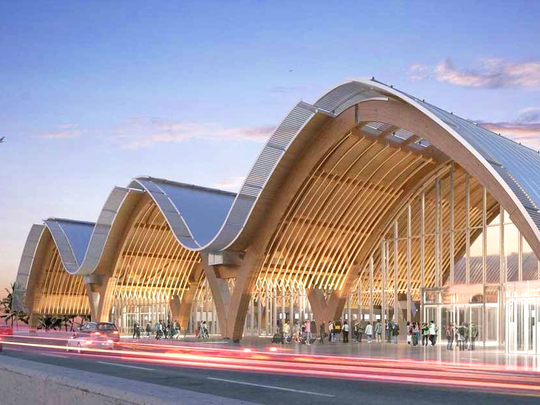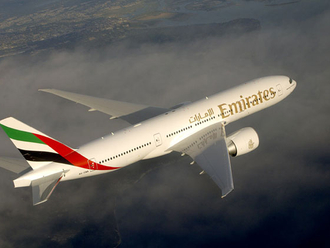
The Philippines has upped the ante in its tourism efforts with the recent inauguration of the world’s first “resort airport” on the island of Cebu. The 17.5-billion pesos (about Dh1.2 billion) terminal 2 of Mactan-Cebu International Airport (MCIA) will more than double the capacity of the existing airport, while opening more direct flights to the island.
Cebu, which was named last year as one of the world’s best islands by travel magazine Condé Nast behind another major Philippine tourist destination, Boracay, has been a key entry point for both foreign tourists and returning overseas Filipino workers because of its central location, as well as wide-ranging entertainment, leisure and hospitality amenities.
The new terminal is among a number of priority projects under President Rodrigo Duterte’s Build, Build, Build programme, which will see $180 billion (Dh661 billion) spent on infrastructure projects over his six-year term.
Big impact
The terminal, which is being operated by GMR-Megawide Cebu Airport Corp., a consortium of GMR Group of India and Megawide Construction Corp. of the Philippines, was inaugurated last week and is expected to officially open on July 1.
“This would have a big impact on Cebu and its neighbouring provinces,” says Cebu businessman Glenn Anthony Soco, who is chairman of the Infrastructure Development Council of Regional Development Council for Central Visayas, in an email interview with GN Focus. “With the expected increase on visitor arrivals, it will boost our local economy, especially the tourism, real estate and commercial sectors.
“More importantly, this will reinforce our position in the global arena as a world-class destination.”
The 65,500-square-metre passenger terminal, which officials also want to establish as the “world’s friendliest airport”, is designed by Hong Kong-based Integrated Design Associates (IDA). Cebu’s world-renowned designer Kenneth Cobonpue is a consultant on the project.
The most recognisable feature of terminal 2 is its curved wooden roof, which also integrates layered glass to allow sunlight to seep through the facility. “After terminal 2 is fully operational, the capacity of the airport will more than double from about 4.5 million to about 11 million annually,” says Julius G. Neri Jr., member-director for the private sector at the MCIA.
“Future plans will further increase this capacity. The next phase will be to renovate and upgrade the existing terminal to the standard of the new one. Further down the line, we have a proposal to build a second runway as well as another terminal.”
Tracks of progress
In another initiative, the Department of Transportation earlier announced the first phase of the Mindanao Railway Project, one of the country’s largest undertakings that will connect the major cities on the southern Philippine island.
The first phase of the project is the 102km Tagum-Davao-Digos, which is expected to reduce travel time from Tagum City, Davao del Norte, to Digos City, Davao del Sur, from 3.5 to 1.3 hours. Construction is expected to start in the third quarter of next year and be completed by 2021.
Up north, the government has also approved a $4.5-billion Metro Manila Subway, which will be the first subway in the capital. The 30km underground railway will have 14 stations and is expected to provide much-needed relief to the capital’s traffic woes. The project will break ground end in December and will be completed by 2025, although government officials say three stations could start operating by 2022.
“Under the Build, Build, Build programme of the Duterte administration, we are pushing for more infrastructure projects,” says Soco. “We need to meet our infrastructure needs specifically in transport and road infrastructure. This will have to be complemented with careful planning, effective implementation and a constant review on our policies as we need to address challenges on urbanisation.








